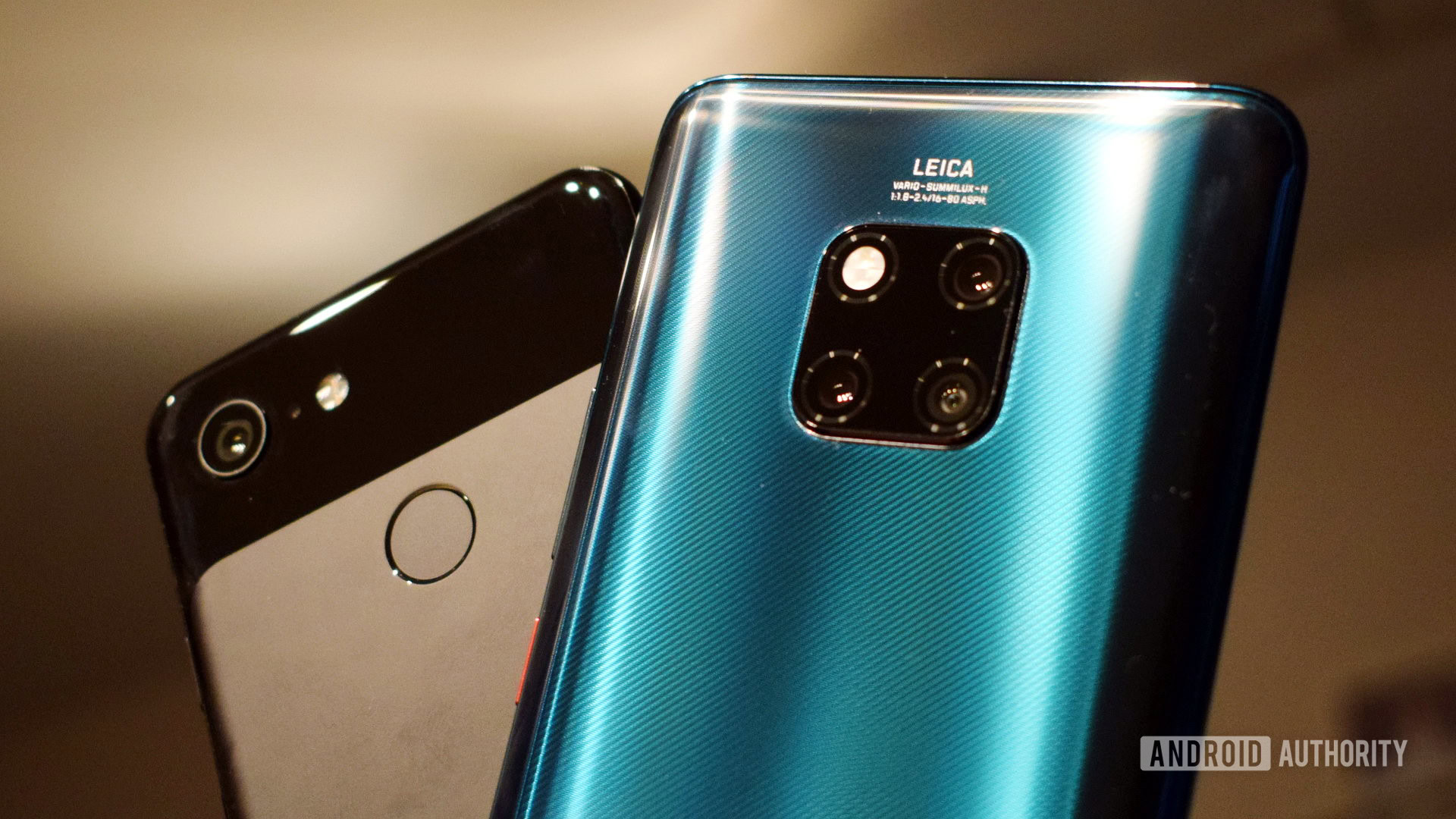Affiliate links on Android Authority may earn us a commission. Learn more.
Google Pixel 3 Night Sight vs HUAWEI Mate 20 Pro Night Mode
Published onApril 11, 2019

HUAWEI and Google are leading the field with impressive night-time photography shooting modes with their Night Mode and Night Sight features for the HUAWEI Mate 20 Pro and the Google Pixel 3, respectively. We pitted the two against each other using the pre-release Google Camera APK. Update – April 11: Since this article was written, the final release of the Google Camera API was rolled out to the Pixel 3.
Don’t miss: Google Pixel 3 review | HUAWEI Mate 20 Pro review
Both companies’ technologies are based on the same idea. The cameras take multiple pictures at a variety of different exposures over the course of several seconds and stitches them into a single frame, balancing out the highlights while collecting enough light to properly expose the shadows. Depending on the time taken, the number of exposures, and how the algorithms combine and process the images, the results can look very different.
The pictures below were shot using a tripod, so treat them as a best case scenario for blur and sharpness. Shaky hands won’t produce results this good. First up, here’s a side-by-side of the two phones when using their basic, non-HDR camera modes.
A quick note here, the HUAWEI Mate 20 Pro comes out on top when taking a quick picture on the dark. The noise is much lower than the Pixel 3. The Pixel 3 also overexposes the candle inside the pumpkin while the Mate 20 Pro gets the highlight exposure much better and still captures some of the darker details.
Now for the night mode-enabled shot.
This is a tougher call — both pictures have pros and cons. The Pixel 3 is still considerably noisier than the Mate 20 Pro even with multiple exposures. However, its detail capture appears a little sharper when looking at the full image where the noise is less noticeable (with the exception of the Android figurine and background on the left). The Pixel 3 also has by far a better white balance and range of colors, which still pack a decent punch.
Meanwhile, the HUAWEI Mate 20 Pro doesn’t suffer from much noise at all, though that appears to be partly due to its heavy use of denoise post-processing. Unfortunately, the algorithm smooths over many of the finer details of the picture. This also has the side effect of smearing the color pallet, resulting in a brown smudged look across the picture. The Mate 20 Pro does a slightly better job at capturing all of the darkest details of the picture — see the candle on the left of the pumpkin. This area is still underexposed on the Pixel 3, producing a slightly crushed black look in the shadows.
Which is better?
My personal preference is for the Google Pixel 3 in this instance, owing to the better range of colors and more detailed look. The HUAWEI Mate 20 Pro is technically better at reducing the noise and exposing the entirety of the low light picture, but the result is a little too smudged looking.
Overall, both cameras improve exposure over their default camera modes quite a bit, clearly showcase how useful these options are, provided you can keep your hands still enough.
Do you have a preference out of these two phone cameras? What do you think about the long exposure smartphone shooting mode trend?